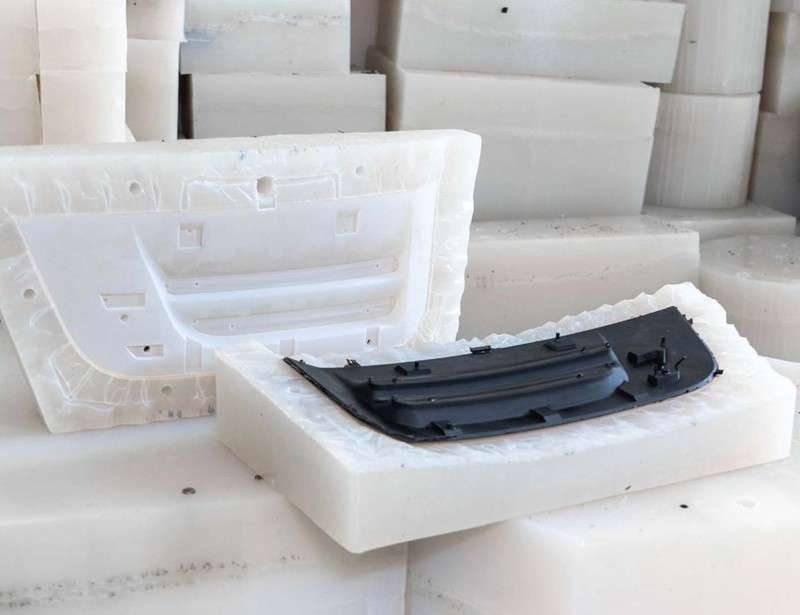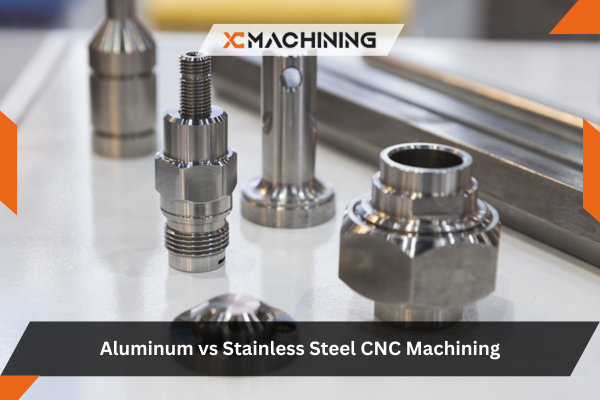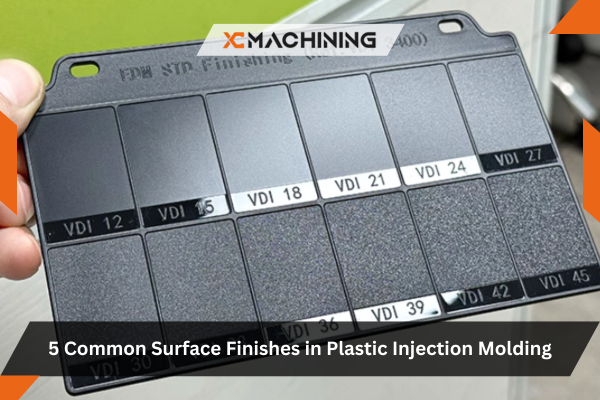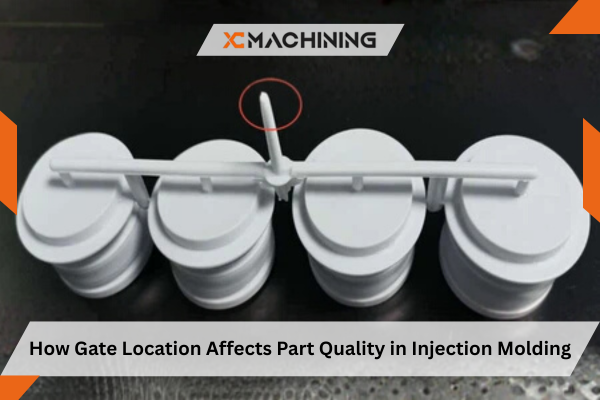Glass-Filled PA12 is widely used for engineering-grade components that need high stiffness, dimensional stability, and resistance to heat, chemicals, and mechanical stress.
Structural Brackets and Mechanical Supports
Glass-Filled PA12’s high rigidity allows it to replace metal in many structural components. These brackets maintain dimensional stability even under heavy loads or elevated temperatures. They are commonly used in automotive assemblies, robotics frames, and industrial machinery where lightweight strength is essential.
Gears, Bearing Housings, and Wear-Resistant Components
Because PA12 GF has excellent fatigue resistance and low wear rates, it is ideal for rotating parts such as gears, pulleys, bearing holders, and cam followers. The glass fibers strengthen the polymer matrix, reducing deformation during repeated mechanical stress. This makes the material extremely reliable for long-term operational cycles.
Connectors, Enclosures, and Electronic Housings
The material’s high dimensional accuracy and chemical stability make it well suited for connectors, sensor housings, electrical equipment casings, and protective covers. Unlike standard nylon, PA12 GF maintains its shape even in humid or thermally fluctuating environments, ensuring stable performance in sensitive electronics.
Automotive Under-the-Hood and Engine Bay Components
Automotive parts like engine covers, cooling system brackets, intake components, and fuel system housings frequently use PA12 GF due to its heat resistance and chemical durability. It withstands continuous exposure to heat, vibration, oil, and coolant far better than many other engineering plastics.
Aerospace and UAV Lightweight Structural Parts
Drone frames, interior cabin parts, aerodynamic fairings, and structural UAV brackets are often produced using PA12 GF because it offers high stiffness at low weight. These components benefit from reduced mass without compromising strength or performance, making it ideal for aerospace-grade applications.
Industrial Machinery Components and Fixtures
Guide rails, custom clamps, machine guards, and mechanical fixtures use PA12 GF for its toughness and machinability. These parts withstand repetitive loads, friction, and chemical exposure, allowing manufacturers to replace heavier metals with lighter, cost-effective PA12 GF parts.
Consumer Hardware and Performance Equipment
High-end products such as power tool components, sports equipment elements, high-impact housings, and folding mechanisms utilize PA12 GF’s strength-to-weight advantage. It provides a premium feel while remaining durable in daily use environments.
Why Choose XC Machining for PA12 GF Machining & Production?
Glass-Filled PA12 requires specialized knowledge to machine and produce accurately because its abrasive fibers can damage tools, cause surface defects, or lead to dimensional instability.
Industrial-Grade CNC Machines
XC Machining uses high-speed CNC milling and turning centers that are specifically calibrated to handle fiber-reinforced polymers. Our machines operate with optimized spindle speeds, chip extraction systems, and thermal stability controls to maintain accuracy. This ensures smooth cuts and long tool life even with abrasive PA12 GF materials.
Expertise in MJF and SLS 3D Printing for PA12 GF
Beyond CNC machining, XC Machining offers advanced additive manufacturing capabilities using MJF (Multi Jet Fusion) and SLS (Selective Laser Sintering). These technologies are ideal for PA12 GF, enabling fast prototyping, complex geometries, lattice structures, and lightweight parts that cannot be machined. We provide both prototype and full production runs with consistent mechanical properties.
Specialized Tooling Strategies to Prevent Fiber Pullout
Glass fibers can tear or protrude from the surface if the wrong cutting tools or parameters are used. XC Machining selects tool geometries, rake angles, and coatings specifically optimized for reinforced polymers. Our cutting strategies minimize fiber pullout, produce clean edges, and deliver smooth surface finishes.
ISO-Level Quality Inspection
Manufacturing glass-filled polymers requires accurate tolerance control because of their semi-crystalline nature. XC Machining performs dimensional verification using CMMs, high-resolution scanners, and digital optical systems. Every part is inspected for warpage, fiber exposure, shrinkage, and dimensional deviation to guarantee consistent quality.
Integrated Post-Processing and Finishing Solutions
We offer vapor smoothing, media tumbling, dyeing, and coating options to achieve cosmetic or functional finishes for PA12 GF parts. Whether the goal is a sleek matte appearance or improved chemical resistance, XC Machining provides complete post-processing workflows tailored to each project.














